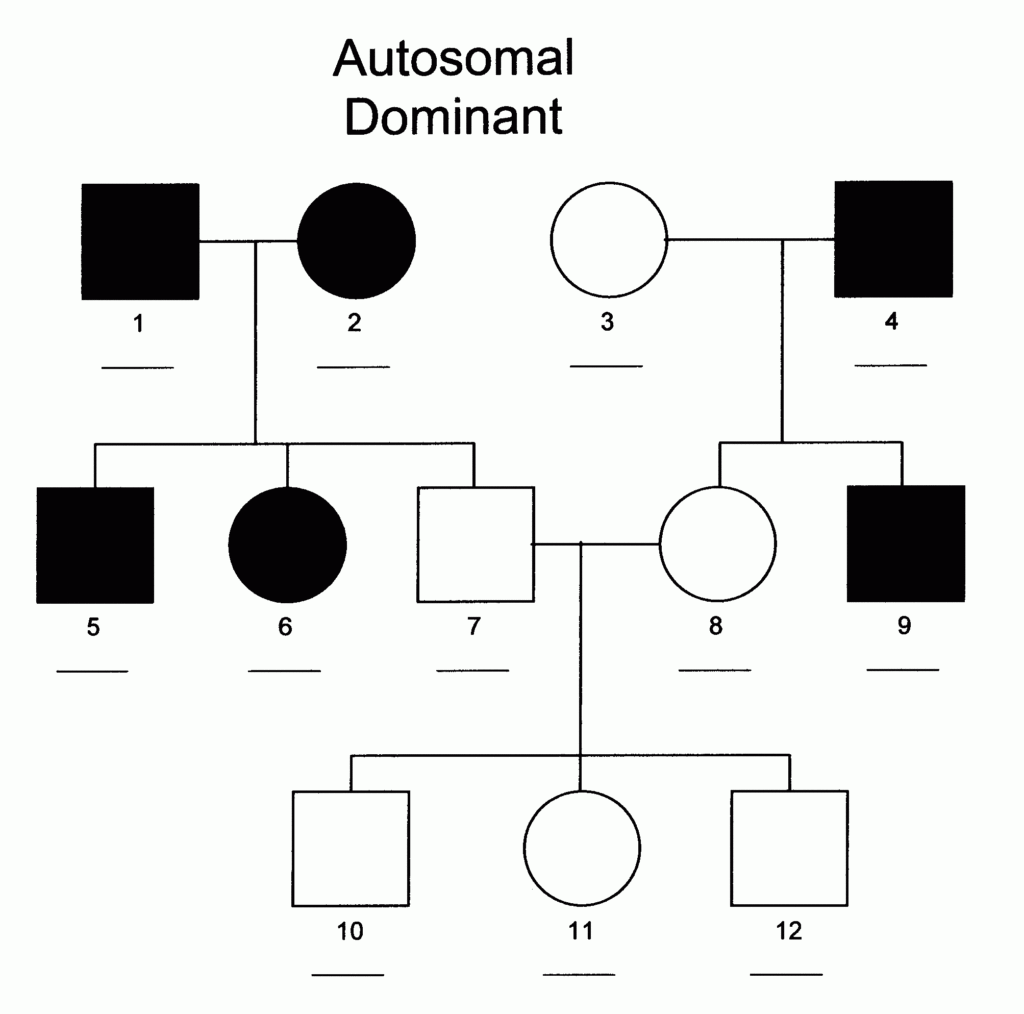A pedigree chart is a visual representation of a family’s genetic history. It shows relationships between family members and can help track the inheritance of traits over generations. In a pedigree chart, males are typically represented by squares, while females are represented by circles. Connecting lines show relationships, with vertical lines indicating offspring and horizontal lines indicating siblings.
When studying recessive traits on a pedigree chart, it is important to understand how these traits are inherited. Recessive traits are traits that are only expressed when an individual has two copies of the recessive allele. This means that if both parents carry the recessive allele, their offspring have a chance of inheriting the trait.
Pedigree Chart Recessive Traits
Identifying Recessive Traits
Recessive traits on a pedigree chart can be identified by looking for patterns of inheritance. In a pedigree chart, individuals who express a recessive trait will often have parents who are carriers of the trait but do not exhibit it themselves. This is because carriers have one copy of the recessive allele and one copy of the dominant allele, which masks the expression of the recessive trait.
By analyzing multiple generations on a pedigree chart, it is possible to track the inheritance of recessive traits and identify carriers within a family. Understanding how recessive traits are inherited can help predict the likelihood of offspring inheriting these traits and can be crucial for genetic counseling and family planning.
Conclusion
Pedigree charts are valuable tools for studying genetic inheritance and can provide important insights into the transmission of traits within families. By examining patterns of inheritance on a pedigree chart, it is possible to identify recessive traits and track their passage through generations. Understanding how recessive traits are inherited can help individuals make informed decisions about their health and genetic risks.
